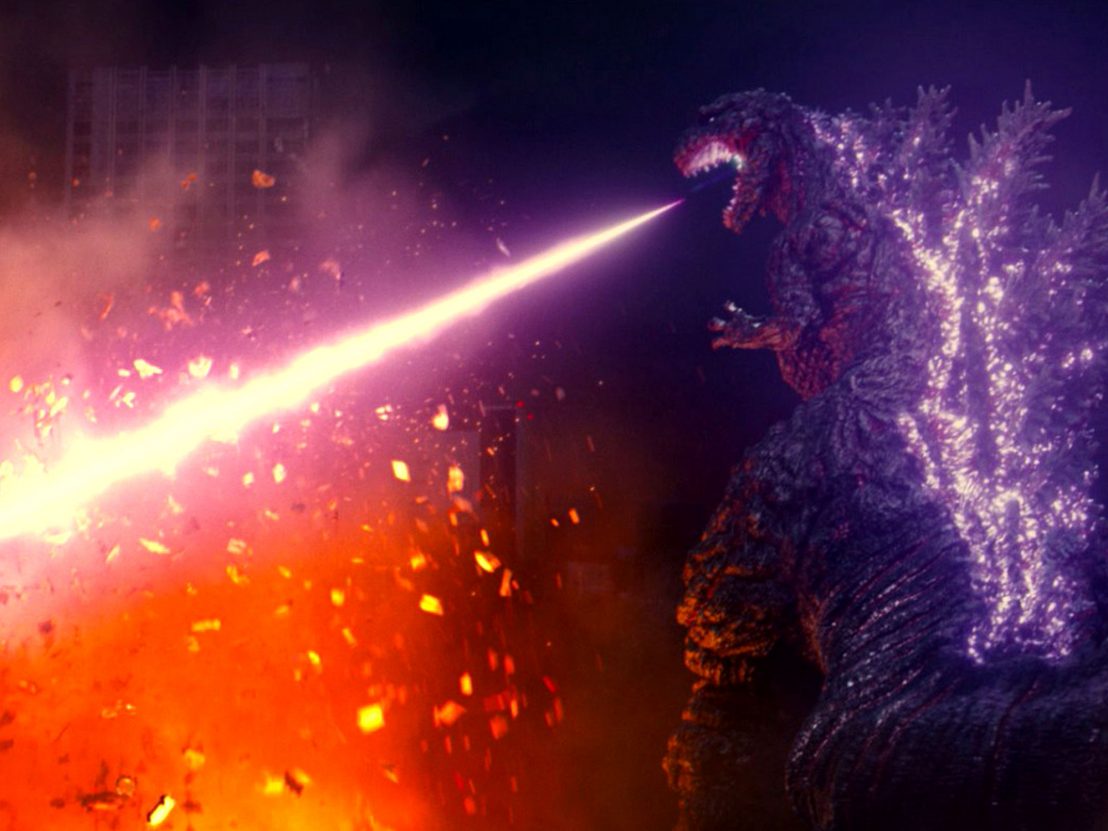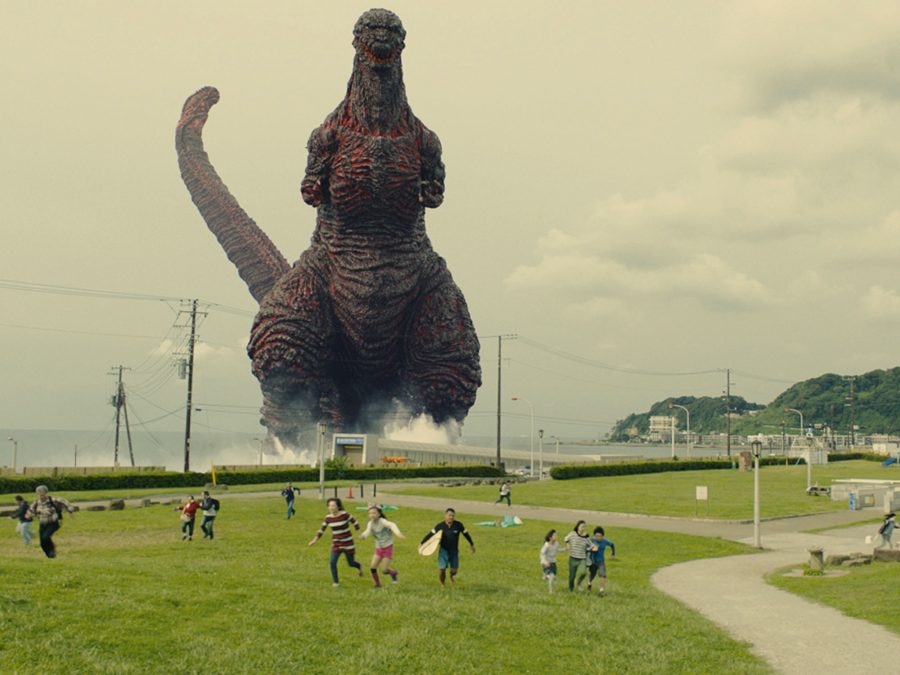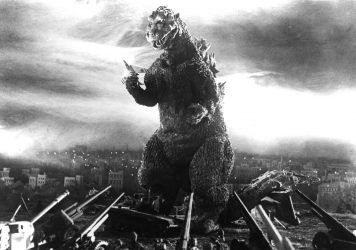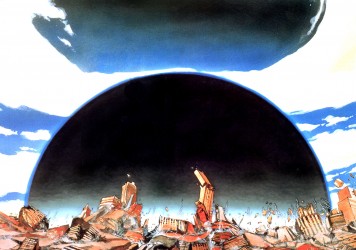
It’s now 10 years since the triple disaster known as 3.11 occurred. A magnitude nine earthquake hit the Tohoku region of northern Japan, resulting in a tsunami and triggering explosions at a nuclear power plant in Fukushima. Five years after the tragedy, the kaiju film Shin Godzilla, directed by Anno Hideaki and Higuchi Shinji, was released. While ostensibly about the titular sea monster attacking Tokyo, the parallels between Godzilla and the devastation wreaked on Tohoku five years prior were all-too clear.
Godzilla’s debut in Honda Ishiro’s 1954 film was conceived as a metaphor for nuclear weapons after the atomic bombings of Hiroshima and Nagasaki. As Japan was forced to redefine itself after World War Two, the bombings marked a total cultural upheaval resulting in the country’s accelerated modernisation in the second half of the 20th century.
Shin Godzilla likewise marked a turning point in the national understanding of nuclear power. While the original Godzilla is awoken from its deep-sea slumber by underwater nuclear weapons testing, the shin (new) Godzilla is a monster powered by nuclear fission. These historical inspirations have served as a prominent cultural metaphor for the unpredictability and danger of nuclear power for Japanese people. In turn, Shin Godzilla makes use of many visual parallels to the wreckage of the aftermath of Godzilla’s rampage in Tokyo to that of the Tohoku area after 3.11.

As Godzilla continues to maim and destroy, bureaucrats waste valuable time arguing among themselves and proposing task forces instead of initiating direct action. Only when the kaiju’s destruction results in the death of many higher-level government officials do the surviving bureaucrats eschew protocol to defeat Godzilla with the assistance of the Japanese Armed Forces. The film ultimately ends on a hopeful note as Godzilla is defeated and the film’s heroes acknowledge their victory and the rebuilding that is to be done.
But if Shin Godzilla is in any way intended to parallel the events of 3.11, this shift in tone from satirical to valiant feels like an exercise in historical revisionism. Though, of course, a sea monster has yet to attack Tokyo’s shores, the film mostly begins as a satire of the Japanese government. Though Tohoku’s recovery efforts were similarly marked by myopic bureaucrats dealing with a large-scale crisis, the area has not undergone recovery efforts marked by the optimism of Shin Godzilla’s ending. In reality, the Japanese government’s response to 3.11 in the years since the disaster has been marked by passivity.
The Tohoku area continues to be marked by fears of heightened levels of radiation, while many families remain unable to evacuate to other cities due to financial constraints. While the characters in Shin Godzilla envision a safer future for Tokyo, the lives of Tohoku citizens remain unstable even a decade on. Abe Shinzo’s time as prime minister was marked by Tokyo’s Olympic bid, a highly criticised tactic used to distract from Japan’s ongoing troubles with disaster recovery. Abe himself praised Shin Godzilla, noting his pleasure at the depiction of the Armed Forces, in line with his desire to remilitarise the pacifist nation.
This brings into question whether Shin Godzilla’s ultimately positive vision is necessarily for the best. In Shinkai Makoto’s 2016 anime Your Name, another successful film inspired by 3.11, the protagonists save themselves and their hometown from being decimated like Tohoku. Shinkai stated his intention in the movie was to create an alternate history that would allow Japanese people to find solace in the fantasy where the events of 3.11 never occurred.
However, Shin Godzilla does not communicate the same comforts as Your Name, as the former’s fiction is built upon the ultimate virtue of military might and effective governance. While patriotic images of Japan’s bureaucrats and Armed Forces may warm the hearts of some, Shin Godzilla’s happy ending perhaps conflates reality and fantasy in service of its nationalistic messaging over real-life tragedy.
Published 12 Mar 2021

By Anton Bitel
Godzilla creator Ishiro Honda’s globe-trotting adventure is a strangely sweet family adventure.

Is the default assumption of the giant lizard’s maleness just plain sexism?

Katsuhiro Ôtomo’s iconic anime mirrors the atrocities witnessed by Hiroshima and Nagasaki 70 years ago.